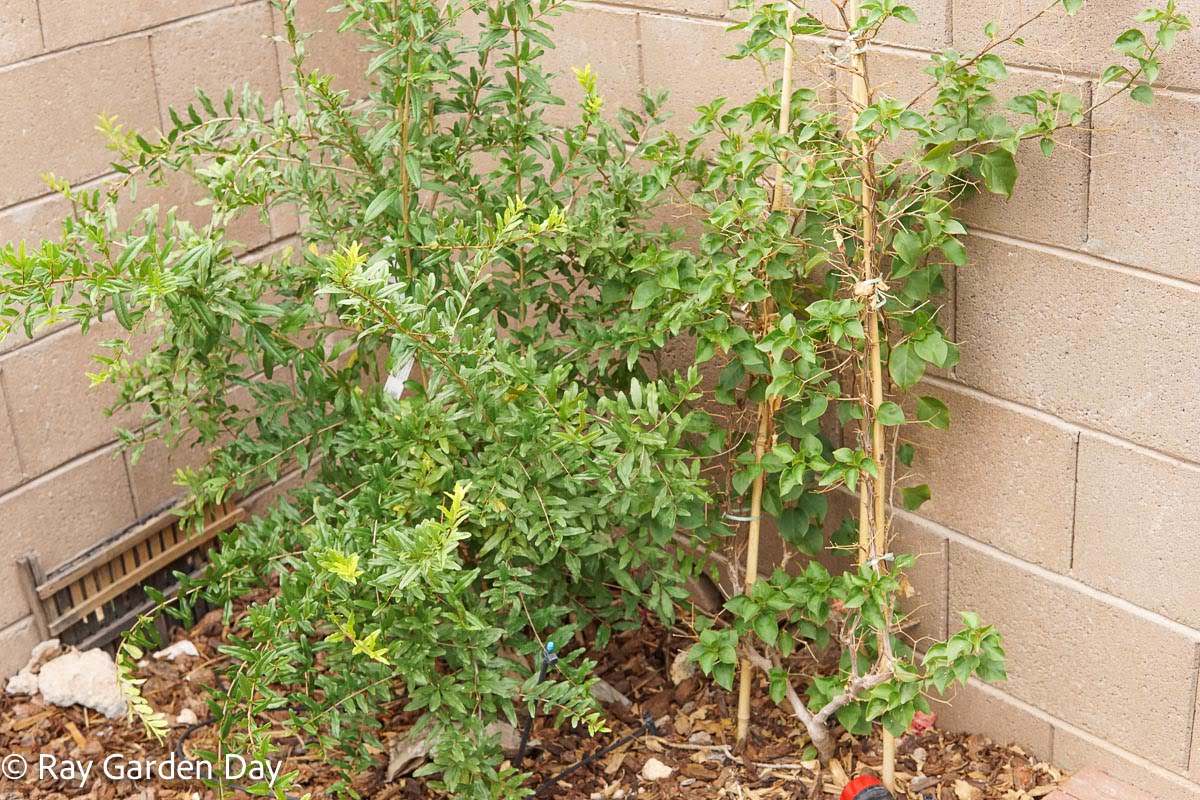The Western grapeleaf skeletonizer is a moth species common to the eastern half of the United States and the California wine regions. The larvae feed on the grapevine foliage as soon as they hatch, leaving individual leaves a skeletonized appearance. Typical to most garden pests, grapeleaf skeletonizers can do extensive damage to grapevines if left unchecked and can affect the quality and quantity of the grape crop.
Grapeleaf skeletonizer eggs and larvae
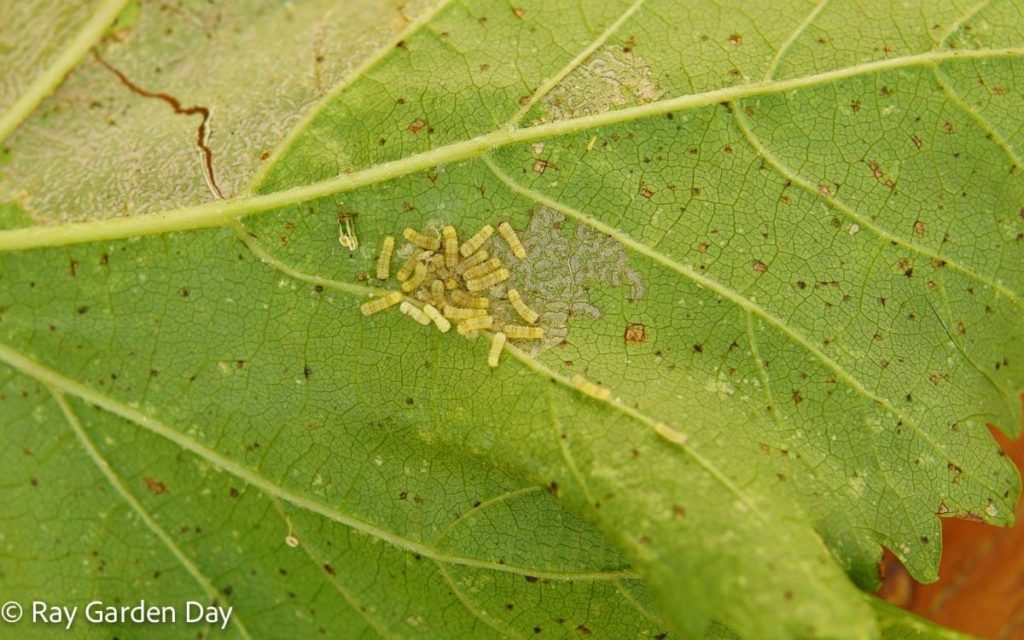
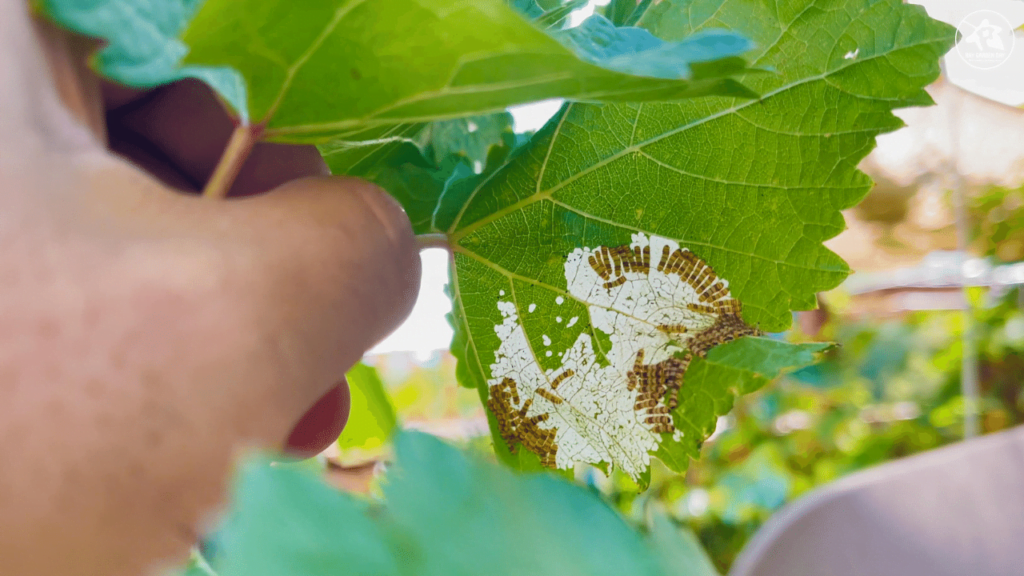
The grapeleaf skeletonizer eggs are faint yellow, 0.5mm in length, and laid in a cluster on the underside of the leaf. When the eggs hatch, the larvae feed together as a group. So it’s easier to get rid of them at the eggs or early hatchlings stages. And once they colonize an individual leaf, the damage will become more severe, making them harder and more time-consuming to get rid of.
Signs of grapeleaf skeletonizer infestation
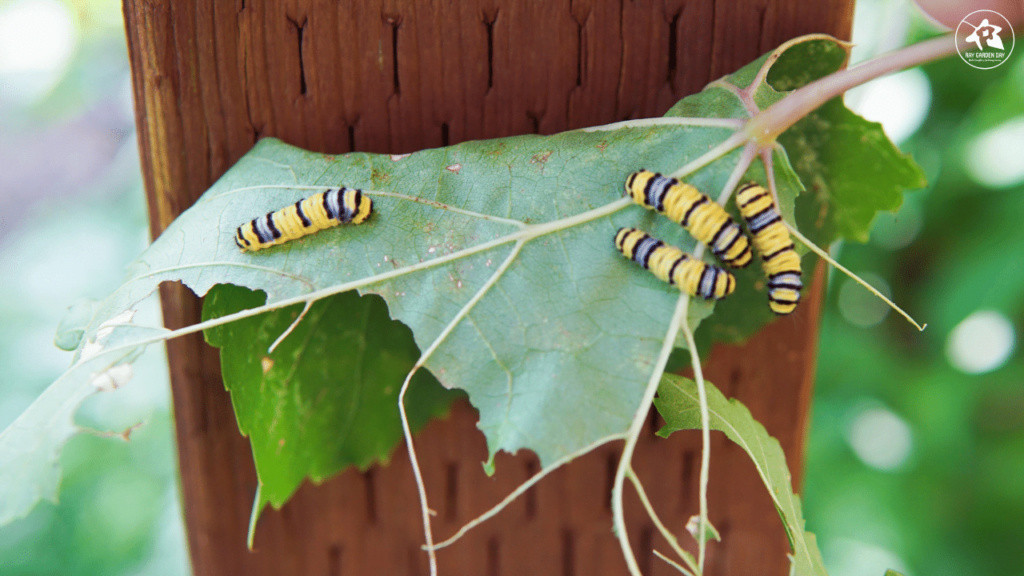
The initial symptoms include necrotic translucent blotches on the underside of the leaf. As the larvae get older, they consume the other leaf tissue, leaving only a few large veins and causing the leaf to be skeletonized in appearance. A large population of skeletonizer larvae can strip bare a grapevine of its leaves in days. Therefore, check your grapevine as often as you can during the growing season, especially during the fruit setting stage in May.
Methods of getting rid of grapeleaf skeletonizer
You can do a few things to get rid of the grapeleaf skeletonizer.
- Handpick the affected leaves and dispose of them
- Use neem oil insecticides
- Use insecticidal soap
Try one of these methods, and you should see results in no time!
Handpick the affected leaves and dispose of them
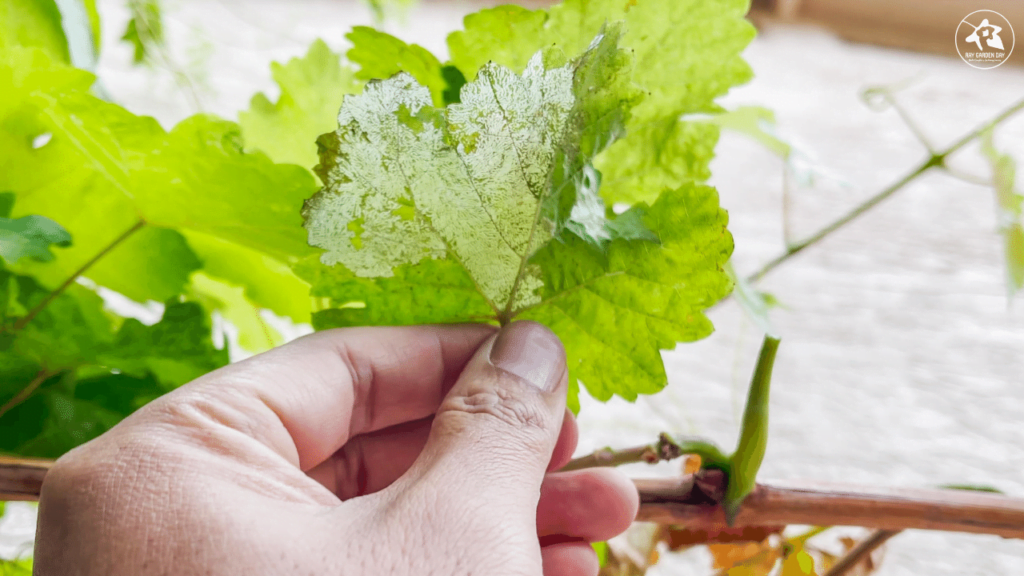
The most effective way to remove the grapeleaf skeletonizer is by hand. This will require some patience and time, but it is the most effective method. First, routinely inspect the underside of the leaves of your grapevine. Look for signs of necrotic translucent blotches, or check your grapevine for skeletonized leaves. Once you find one, carefully remove it from the vine and dispose of the leaf.
Use neem oil insecticide on grapeleaf skeletonizer
Another option for fighting grapeleaf skeletonizer is by using neem oil insecticide spray. Neem oil is an organic neem seed extract that works to disrupt the growth and reproduction of over 200 insect pests. Apply neem oil insecticide to the leaves weekly or biweekly, depending on how severe your grapeleaf skeletonizer problem is.
Use insecticidal soap on grapeleaf skeletonizer
If you don’t have time to inspect your vineyard every day, try using an insecticidal soap insecticide instead. These are very effective at getting rid of grapeleaf skeletonizers and other soft-bodied insects. Insecticidal soap, also known as potash soap, is a natural insecticide composed of potassium salts and fatty acids derived from plant sources. In addition, insecticidal soap provides contact control, killing the insects upon contact. You can apply insecticidal soap spray biweekly basis to help prevent infestations. Commercially formulated horticultural soaps are readily available at most garden supply stores and are sold as either concentrate or ready-to-use (RTU).
Whether using a homemade remedy or commercial product, combating the grapeleaf skeletonizer starts by identifying it early and taking action early. Then, with a bit of patience and effort, you can keep your grapevine healthy and free of grapeleaf skeletonizer!



